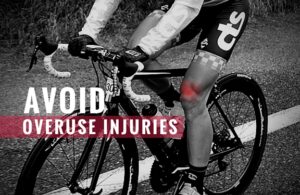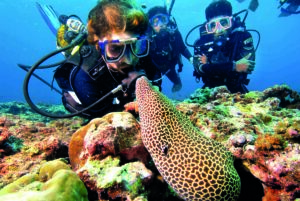TAKE A DIVE INTO THE PHYSICS OF DRAG!
Swimming is very unique because the feedback that you get from the opponent, closest rivals or your competitors is very minimal. You are unable to see them, unable to hear them and there is almost a tunnel vision to this environment.
With aquatics, the athlete has to try to propel the body through a fluid medium as quickly as possible. So if we maximize the force and minimise the drag, we should be able to end up with a pretty efficient swimming action.
Drag in swimming: small drag in streamlined position and large drag in un-streamlined position.
The water is very important. The athlete needs to generate a large amount of force off the block, so they use the large muscles of the legs, the gluteals, to extend powerfully against the blocks and try and fly through the air as quickly as possible, aiming to maximise the distance that we can glide for under the water then before the first stroke is taken.
Swimmers physiques tend up quite wide shoulders, extra well developed pectorals and big latissimus dorsi.
During a crawl, an athlete always pulls through water and resists extension. The resistance that the water provides is isokinetic movement (the water gives an accommodating resistance, the faster you push into the water, the more resistance it gives you!). Thus, modulating the technique comes into play so as to increase or decrease the resistance and hence better performance.
SPECIFIC FOCUS DURING TRAINING:
Physical training and strength and conditioning for swimmers are different as compared to other sports. Rather focusing on the repetitive simulating exercises that we know they do in the strokes and enhancing the swimming stroke in the gym, a balance of all muscle work is prioritized.
DRY LAND WORKOUTS: CORE STRENGTH AND SHOULDER STABILITY

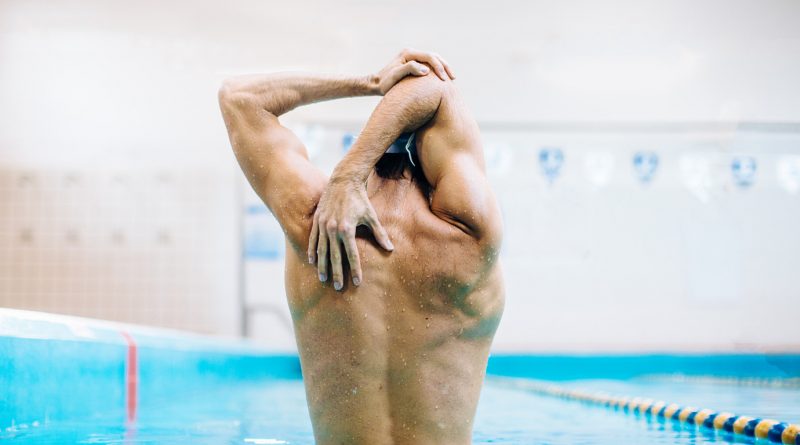
These aren’t directly related to swimming but are certainly important for better performance. Rather focusing on one sagittal plane muscles, multiple plane workouts have profound effect.
SIMULATED DRY LAND WORKOUTS
1. Shoulder twists
CARRY-OVER INSIDE WATER
Warm ups for shoulder Needed during freestyle stroke
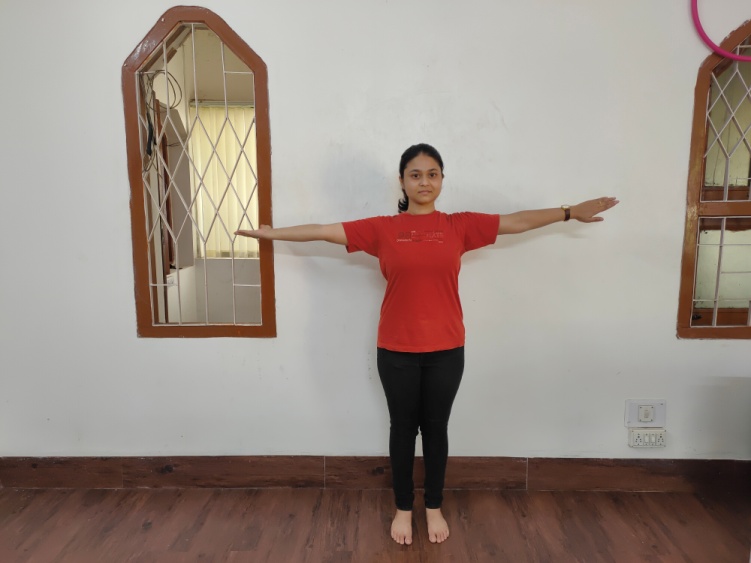
Shoulder twists – one hand facing up and the other down and alternate.
2. Good morning to squat
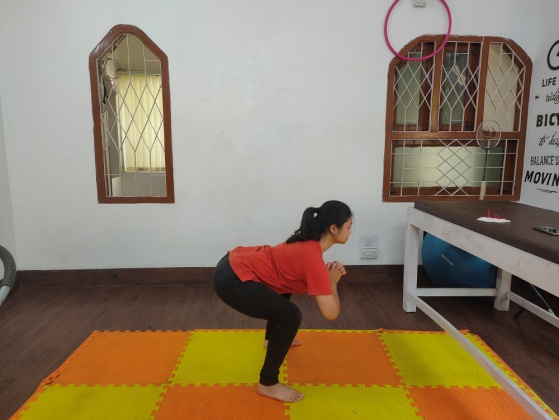
Warm ups for shoulder needed during freestyle stroke.
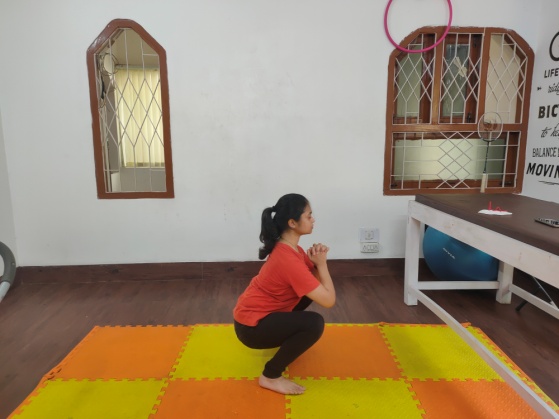
Good morning to squats – keep back straight and a small bend at knees during good morning.
3. Standing twists
Warm ups for shoulder needed during freestyle stroke.
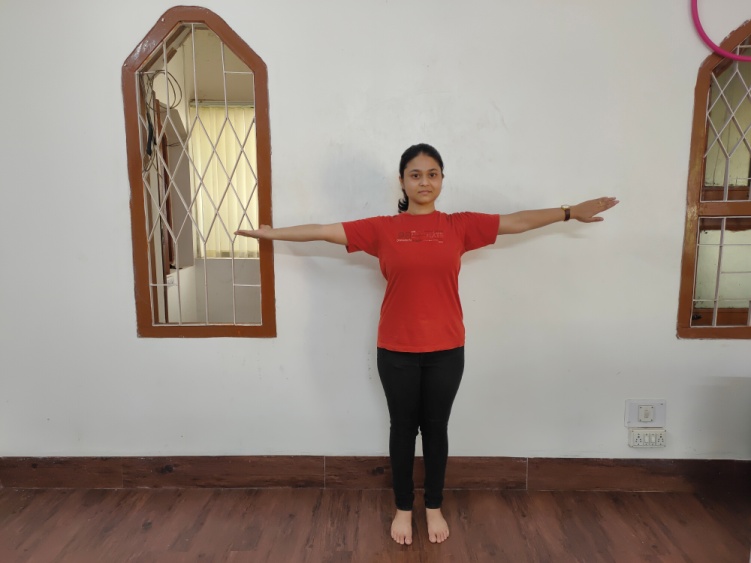
Standing twists to warm up the core muscles that help twist during freestyle and backstroke.
4. Lunge with twist
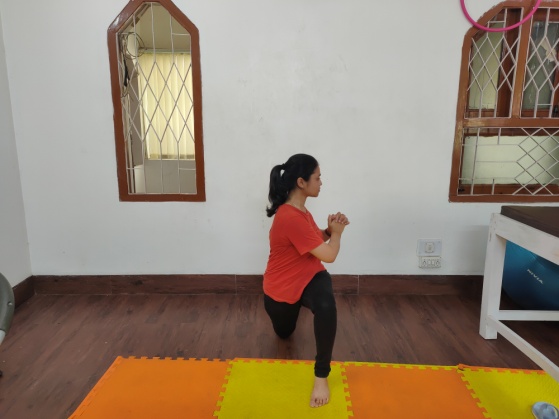
Warm up the gluts and core.
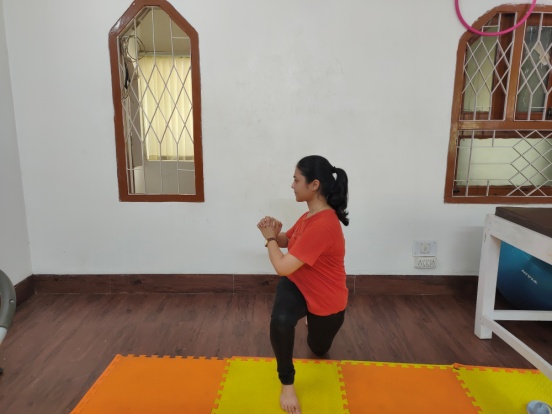
Lunges with a twist – do it slowly and controlled manner, twist to the side of the leg that’s in front.
5. Hip circles
To co-ordinate a flexible hip with breath

Hip circles – while keeping the core tight and simultaneous breathing.
6. Hand raises and alternative arm swings
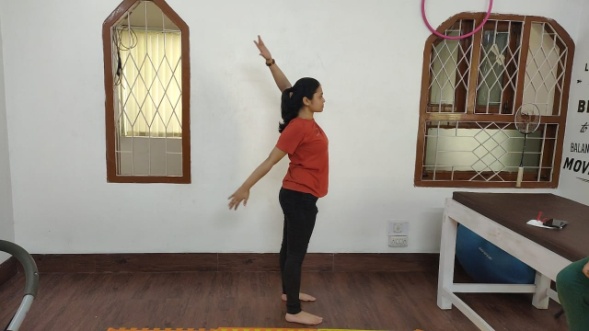
Helps for a better backstroke.
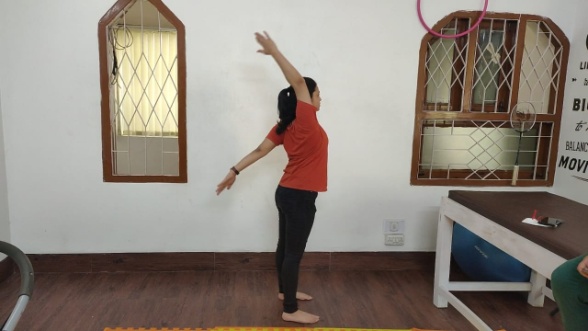
Arm raises with alternative arm swing – preparing the arms for a backstroke.
7. Pike push-up
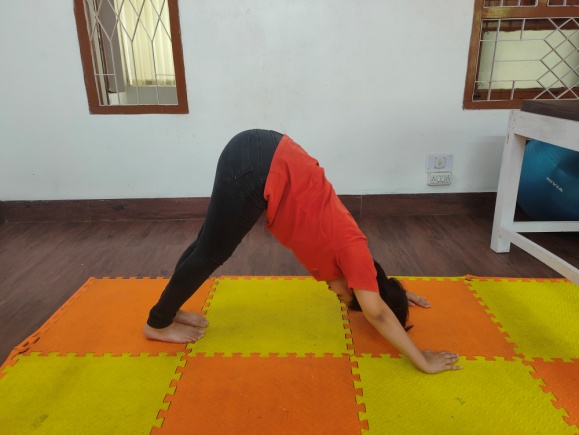
Translates into a better dolphin kick.
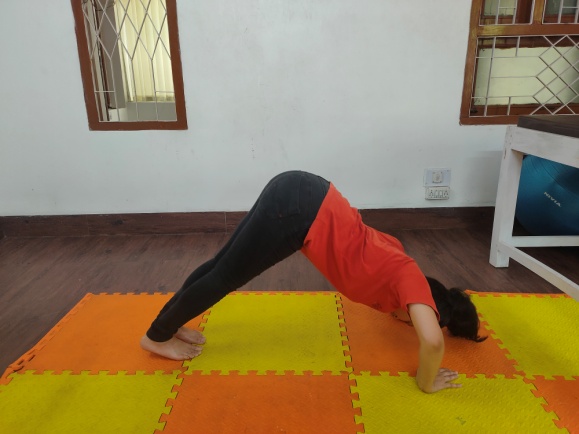
Pike push-up – focus on keeping the knees straight and the shoulders tight.



